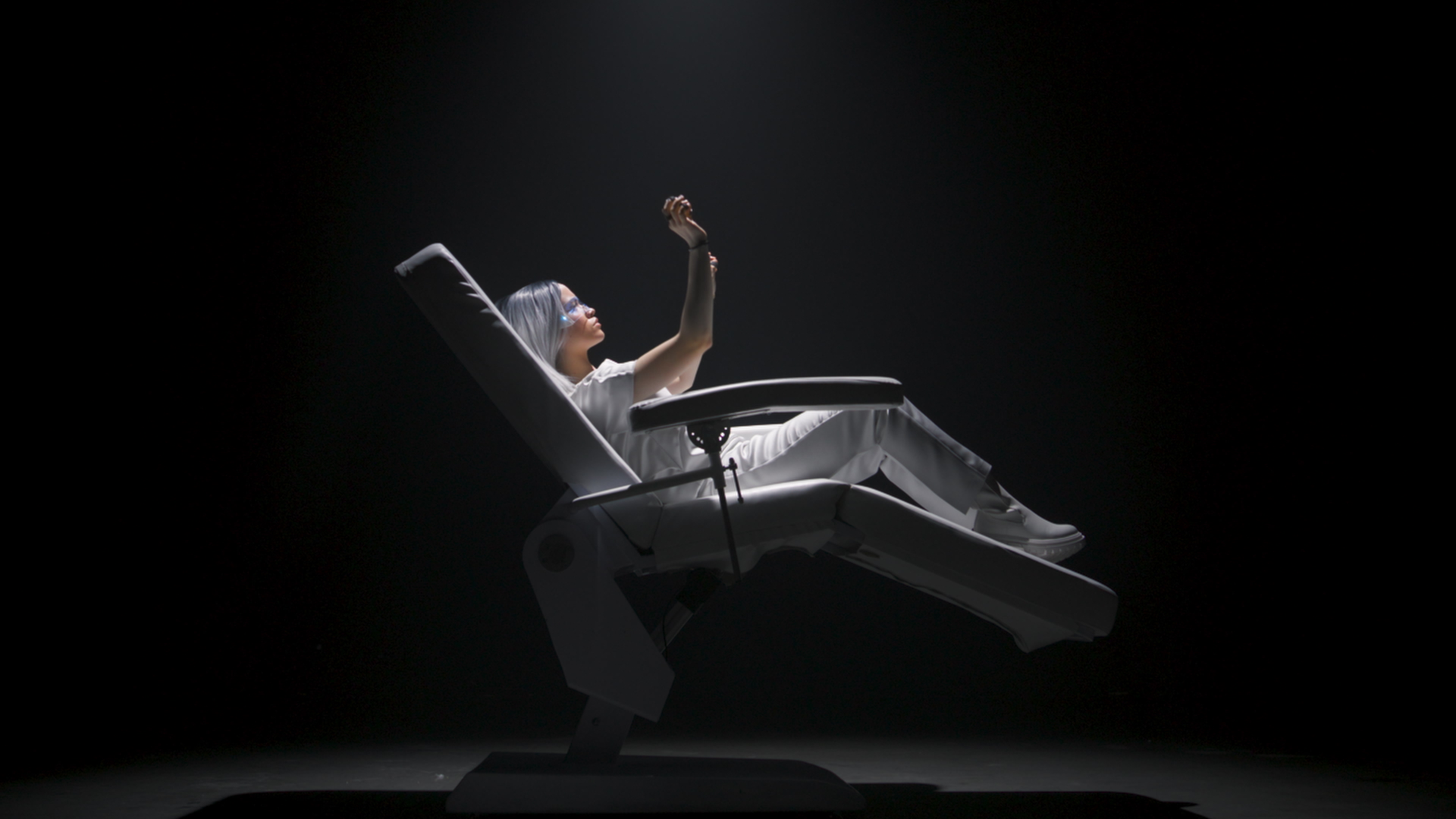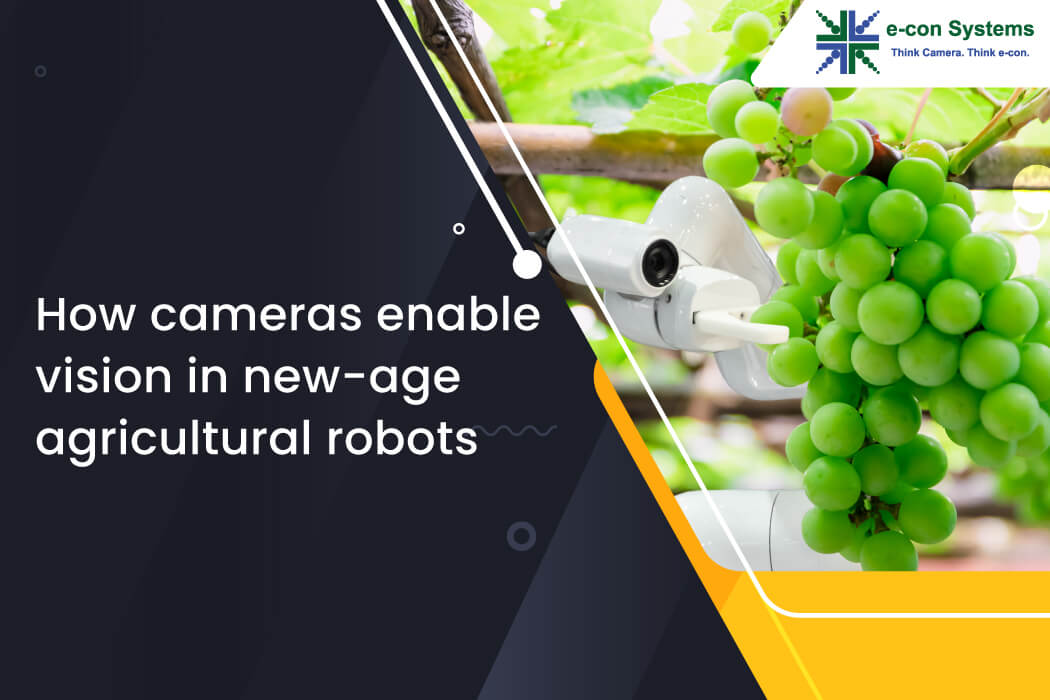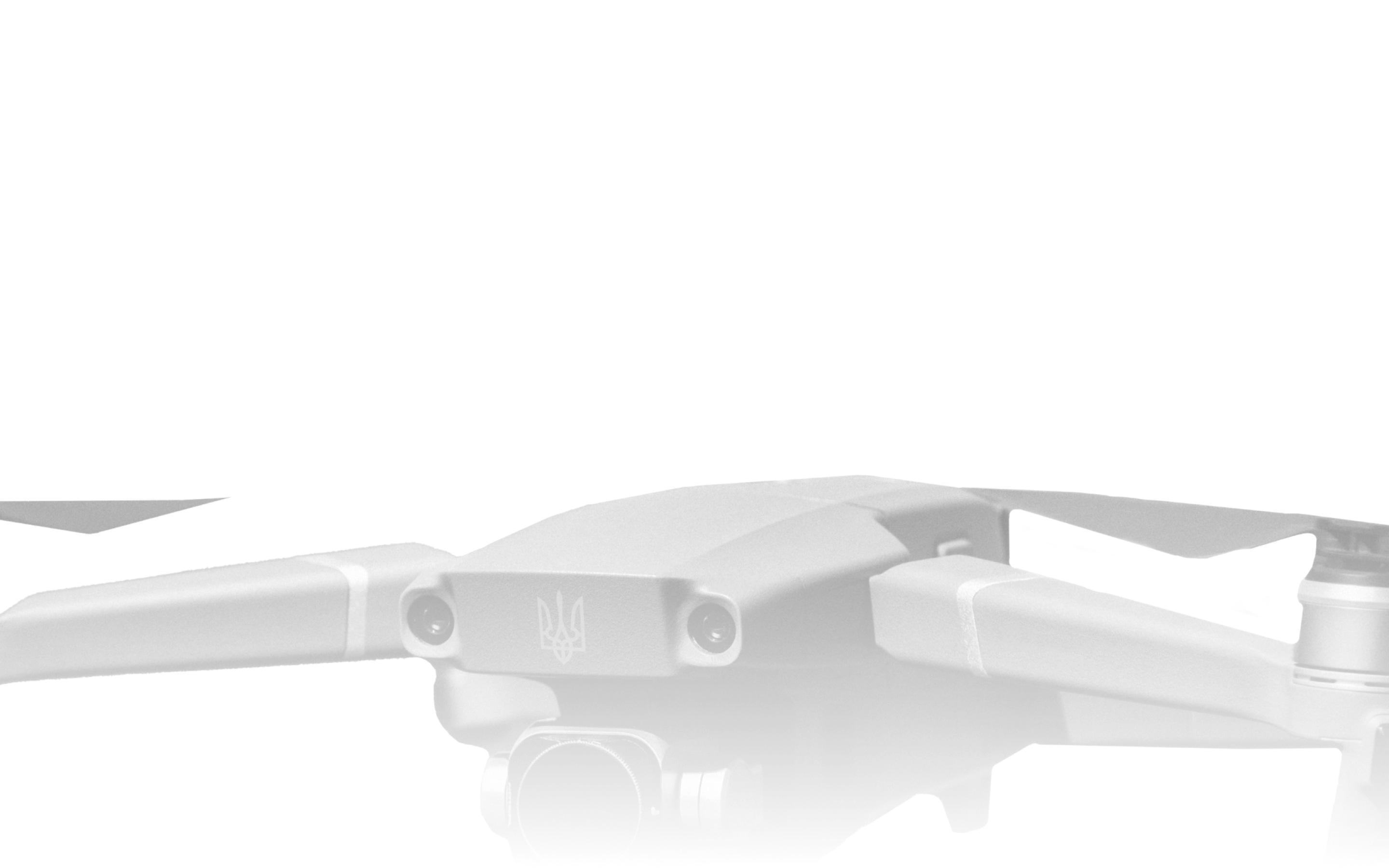Haptics Technology Explained: The Doctrine of Touch
Explore the power of haptic technology—where digital meets tactile. Feel the future with immersive touch innovation in VR, wearables, education, and more.

The dictionary of philosophy and psychology of 1901, edited by James Mark Baldwin describes haptics as “the doctrine of touch
In our world that is increasingly defined by screens and sensors, haptic technology is quietly revolutionizing how we interact with the digital realm—not through sight or sound, but through touch. From the subtle buzz of a smartphone to the immersive grip of a virtual reality glove, haptics is bridging the gap between the virtual and physical in ways we could once only imagine.
What Is Haptic Technology?
Haptics refers to any technology that can simulate the sense of touch by applying forces, vibrations, or motions to the user. It allows for tactile interaction with digital devices, turning flat interfaces into dynamic touch-sensitive experiences. This isn’t just vibration motors in phones—it’s a burgeoning field shaping the future of human-machine interfaces.
A Brief History of Haptics: From Philosophy to Technology
The roots of haptic perception trace back to ancient philosophy, where touch was considered one of the five fundamental senses. However, the formal study of haptics began in the 19th century, when psychologists and philosophers started examining the sense of touch as a pathway to understanding perception and cognition.
In 1901, the term "haptics" was notably defined in The Dictionary of Philosophy and Psychology as “the doctrine of touch,” highlighting its early intellectual framing as a field concerned with tactile sensation and its role in human awareness.
The shift from theory to technology began in the mid-20th century, particularly in fields like robotics, teleoperation, and human-computer interaction. NASA and other research institutions explored force feedback systems to control machines remotely, laying the groundwork for modern haptics.
The 1990s saw haptics leap into consumer tech, especially with vibrating game controllers and mobile phones. Since then, it has evolved rapidly, expanding into virtual reality, medical training, prosthetics, and beyond—ushering in a new era where digital touch is almost as essential as sight and sound.
The Latest Advancements in Haptics
Haptic innovation is pushing into incredible territory:
- Mid-Air and Ultrasonic Feedback: Focused sound waves create tactile sensations in mid-air—no touchscreens required.
- Full-Body Wearables: Haptic suits and gloves let users feel texture, pressure, or even temperature in virtual environments.
- Smart Materials & Biomimetics: New materials mimic human skin or muscles, enabling ultra-sensitive and flexible touch interfaces.
- AI-Driven Personalization: Machine learning allows haptic systems to respond intelligently to users’ habits or emotional states.
Everyday Devices That Use Haptics
You likely use haptics daily, sometimes without realizing it. Common applications include:
- Smartphones and Tablets: Taps, swipes, and alerts feel more responsive thanks to haptic feedback.
- Gaming Controllers: From racing games to RPGs, haptics intensifies realism through vibration and resistance.
- Wearables: Smartwatches use subtle pulses to deliver notifications or even guide you silently via GPS.
- VR/AR Equipment: Gloves and vests simulate real-world touch in immersive environments.
- Medical Tools: Simulators and robotic surgery platforms deliver tactile realism during procedures.
Haptics in Education: A Tactile Revolution
Haptic feedback is transforming classrooms and training environments by offering students a new dimension of learning:
- STEM Fields: Tactile simulations in physics or chemistry offer real-world “feel” to abstract ideas.
- Medical Training: Surgeons and nurses practice procedures with near-realistic touch sensitivity.
- Arts and Music: Virtual instruments and sculpture tools create hands-on creativity—even for visually impaired students.
- Special Education: Multisensory cues can improve focus, understanding, and cognitive development.
The Future of Haptic Technology
The horizon for haptics is as vast as it is vivid:
- Touchless Interfaces in Cars and Hospitals
- Emotion-Aware Feedback Loops
- Digital Textures for Online Shopping
- Ultra-Thin Haptic Skins for Wearables
As challenges around power consumption, material cost, and comfort are overcome, haptics may soon allow us to “touch” anything, anywhere—blurring the line between physical and digital experiences entirely.
Final Thoughts: The Doctrine of Touch
Touch is the first sense we develop, and perhaps the most fundamental to how we understand the world. Haptic technology honors that primal connection by bringing texture, emotion, and presence into our digital lives. It’s not just about making machines feel more human—it’s about making humans feel more connected.
Reward this post with your reaction or TipDrop:
 Like
0
Like
0
 Dislike
0
Dislike
0
 Love
0
Love
0
 Funny
0
Funny
0
 Angry
0
Angry
0
 Sad
0
Sad
0
 TipDrop
0
TipDrop
0






.jpg?#)















